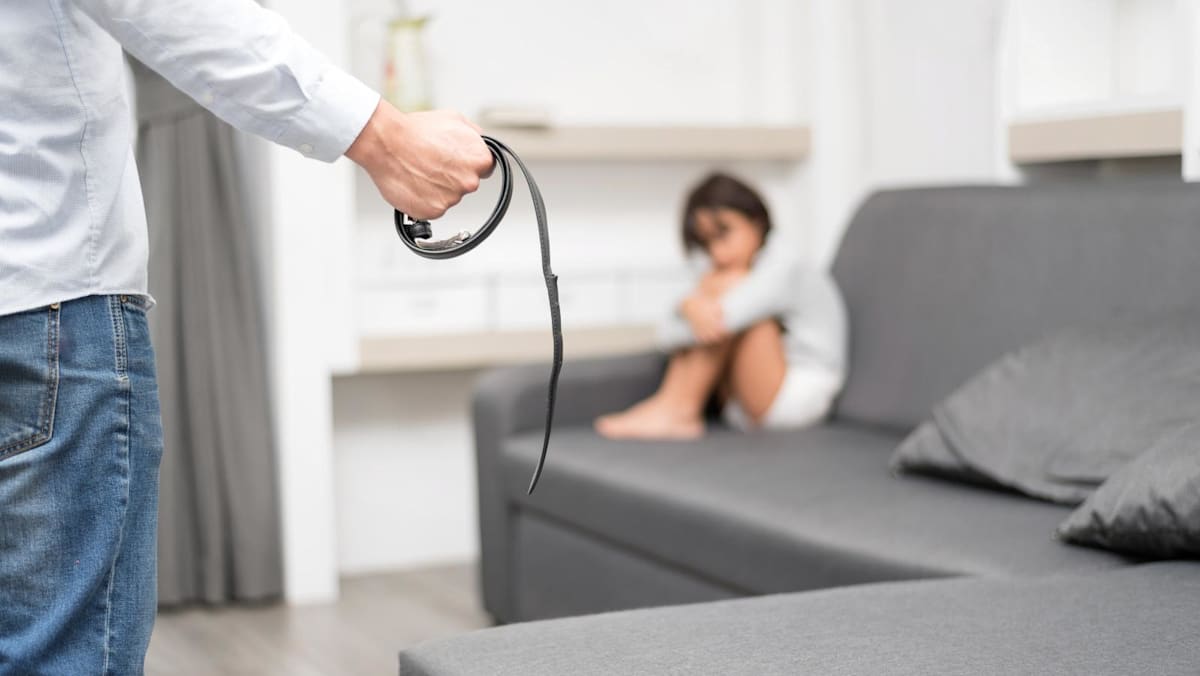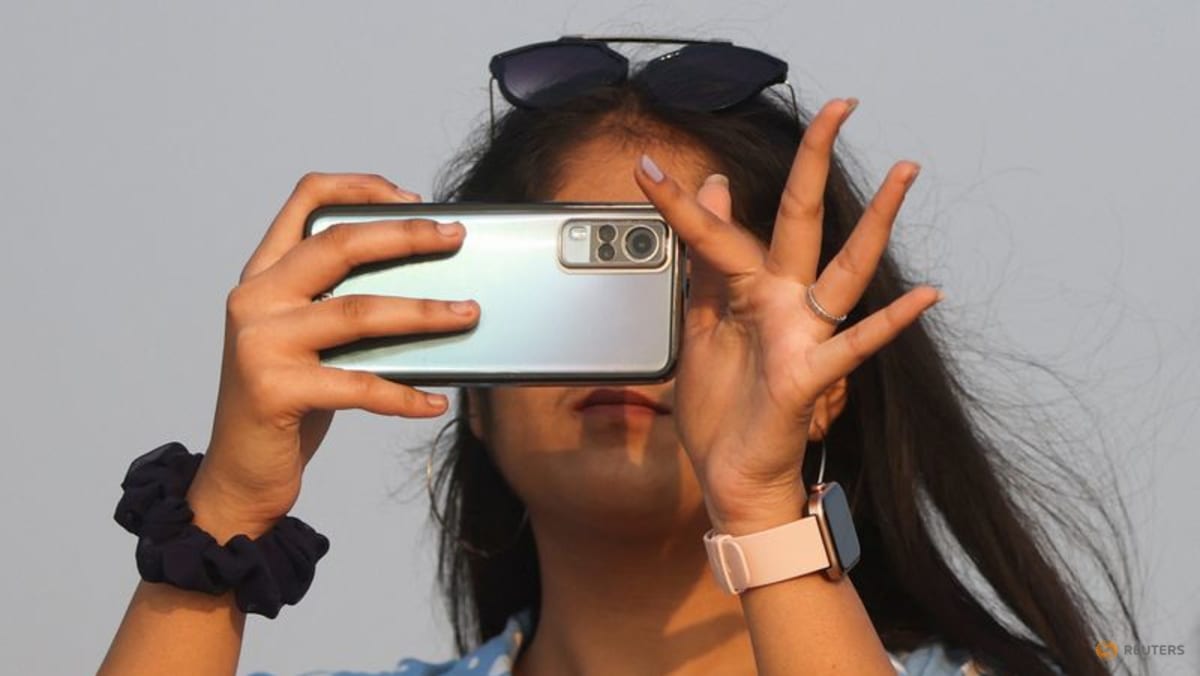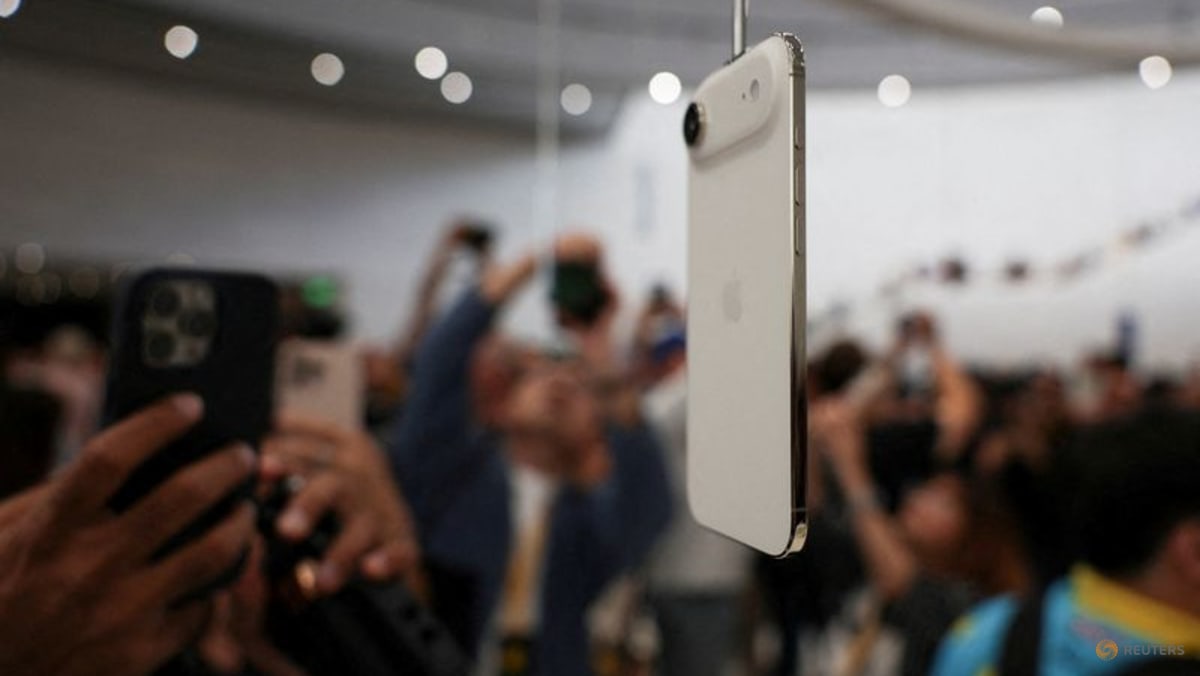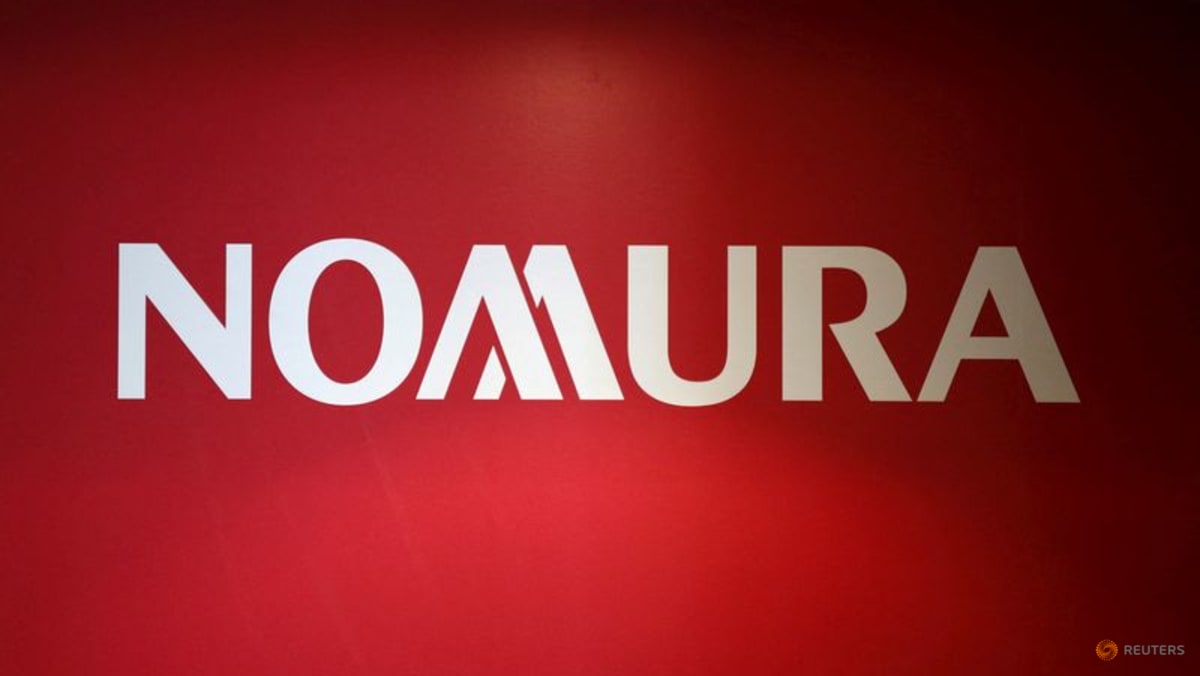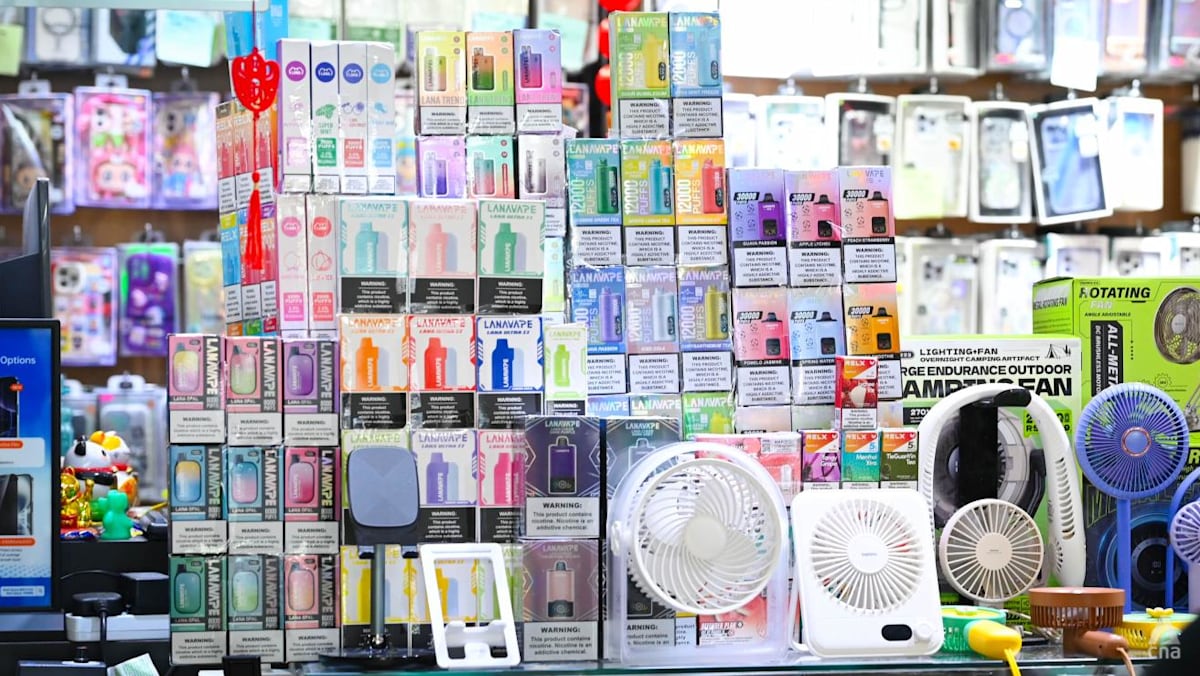TOKYO: We’re in the throes of a global scramble to create the first real artificial intelligence consumer gadget. Tech giants are betting big that this will end up being computers that sit on our noses. But is that the future we want?
Despite all the hype, the jury is still out on whether smart glasses will take hold, especially across Asia. We seem to be at a tipping point. Roughly half of respondents (48.2 per cent) in an S&P Global survey across eight countries – including the US, China and India – who don’t already own a pair said they were interested in purchasing one within the next year.
But it will still be an uphill battle for these devices to truly go mainstream. They are unlikely to replace the smartphone anytime soon – and maybe they shouldn’t.
Meta is establishing a first-mover advantage. It’s teaming up with the manufacturer of Ray-Bans to make the tech specs look cool. Chief Executive Officer Mark Zuckerberg’s demonstration of the company’s latest models didn’t exactly go as planned last month. But sales have nonetheless steadily climbed.
Meta held a commanding 73 per cent of the global smart-glasses market in the first half of this year, according to Counterpoint Research. This lead will likely grow given new product announcements.
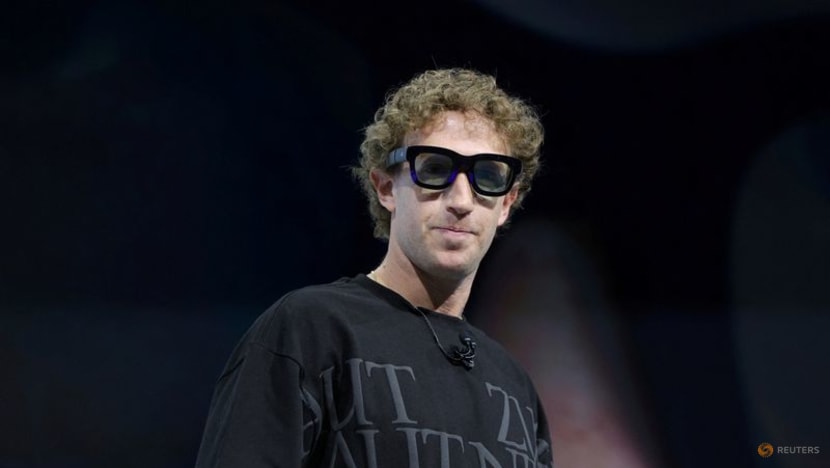 Meta CEO Mark Zuckerberg tries on Orion AR glasses at the Meta Connect annual event at the company's headquarters in Menlo Park, California, Sep 25, 2024. (Photo: Reuters/Manuel Orbegozo)
Meta CEO Mark Zuckerberg tries on Orion AR glasses at the Meta Connect annual event at the company's headquarters in Menlo Park, California, Sep 25, 2024. (Photo: Reuters/Manuel Orbegozo)
META’S COMPETITION
But Meta isn’t present in the China market, where the race is on to fill the void. China only accounts for around one out of eight pairs of smart glasses sold globally, according to Counterpoint Research senior analyst Flora Tang, who said cultural and behavioural differences in sunglass usage compared to the West have kept the local market size relatively small.
Chinese brands have made headlines with a flurry of new products, she adds, but few have actually entered mass production. “Many of these announcements appear more speculative,” Tang says, “rather than signalling a long-term commitment to product development.”
Current leaders include Huawei, Xiaomi and RayNeo, but competition is heating up with offerings from startups like Rokid and Xreal.
It’s taking off in Silicon Valley, too. The Information has reported that OpenAI is even considering launching glasses as one of the elusive AI devices it is working on after hiring legendary iPhone designer Jony Ive. Perhaps the biggest sign of the times is Apple’s reported foray into the market.
This likely stands the biggest chance of unseating Meta and Chinese rivals; it has the potential to allow users to tap into the firm’s ecosystem of products, seamlessly connecting to everything from iMessage to AirPods. It makes the most compelling sell to date, especially if Apple can truly unlock useful AI features.
NOT A SURE-FIRE BET WITH CONSUMERS
Still, smart glasses are not a sure-fire bet with consumers. In some ways, we’ve seen this film before. Remember the “glassholes?” The derogatory term emerged in 2013 to poke fun at people wearing Alphabet’s Google Glass lenses. People couldn’t get over the goofy, futuristic look of the frames, the nuisance of distracted users staring into the screens in public, or the fears of being surreptitiously filmed.
A lot has changed since then. Specifically, the rise of AI as well as improvements to devices’ battery life and weight. And Google seemed to learn that looks matter. If there’s a lesson from Meta’s success, it’s that these are fashion accessories as much as tech gadgets.
Google teased a new lineup of smart glasses in partnership with Samsung at a developers’ conference in May. It also announced it’s teaming up with eyewear brand Warby Parker and Korean trendsetter Gentle Monster on new AI-powered products.
But perhaps the biggest hurdle is the already growing backlash. There have been myriad reports of all kinds of creepiness going on, mostly related to a new wave of privacy and surveillance concerns. These devices make it much easier to record someone without their consent, even if they offer LED lights when a user is filming hands-free. Going mainstream will require a paradigm shift of consumers normalising this type of behaviour.
Not to mention that the pitch that these devices will help us reduce smartphone dependence rings hollow. It just introduces a new, more invasive kind of screentime. Companies like Meta and OpenAI have different incentives here. The Facebook parent and ChatGPT maker are likely seeking more control over the hardware end of their products, without having to rely on the likes of Apple.
Tech giants may be trying to convince us that a screen glued to our eyes is liberation, not intrusion. Sleek design breakthroughs or AI upgrades might make this a more compelling sell this time around, but they are likely to remain niche, offering more novelty than utility. Smart watches, for example, have become a multi-billion-dollar industry while still not coming close to replacing smartphones.
Right now, the race to put computers on our faces says more about Silicon Valley’s ambitions than our needs. For consumers, the view is blurry.



